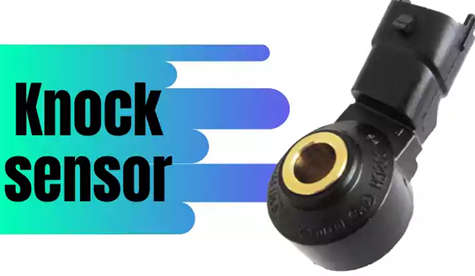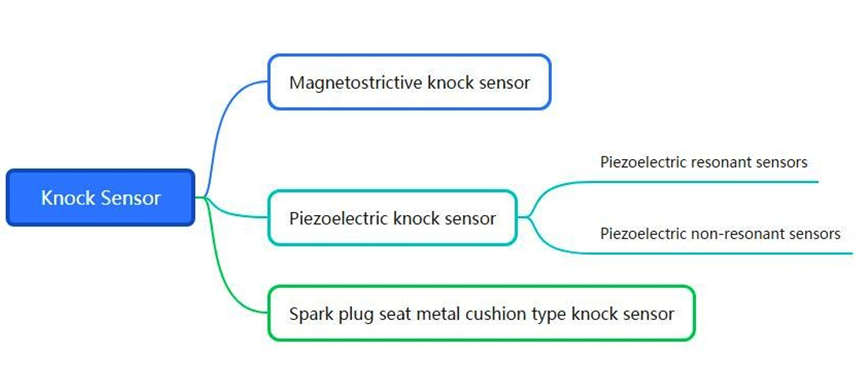- “Knocking” occurs on the premature self-ignition of the air-fuel mixture. Repeated knocking causes damage to the cylinder head gasket and cylinder head.
Hazards of Knocking-
- Loud noise (sharp knocking sound).
- Strong knocking reduces the power of the engine,
- The temperature of the engine rises sharply
- Overheating of the cylinder makes the metal soft, melt, or burn.
- The engine is unstable and vibrates violently.
SOLUTION is in DEFINITION
- The Knock sensor identifies the high-frequency engine vibrations (knocking) and transmits a signal to the ECU. The natural aim is to obtain a maximum energy yield by starting ignition as early as possible.

Place of Sensor-
- The knock sensor is mounted on the crankcase(mouth part of cylinder), the knocking is noticeable by its higher sound frequencies. This sound vibration are measured by a piezoelectric measuring element.
- Engines with a knock sensor can reduce fuel consumption and increase torque.
- Piezoelectric measuring element- It senses the variations in pressure-temperature or force and produces electric signals proportionally.
![]()
Features of Knock Sensor
- Characteristic curve-Linear over a broad frequency range.
- Temperature range−40 °C to +160 °C.
- Technology-piezoelectric measuring element (ring-shaped piezo ceramic).
Types of Knock Sensor

- 1. Magnetostrictive Knock Sensor
- 2 Piezoelectric Knock Sensor
- 3 Spark plug knock Sensor
Applications of Knock Sensor
- Knock sensors are used in the car’s spark plug.
- Automotive industries.
